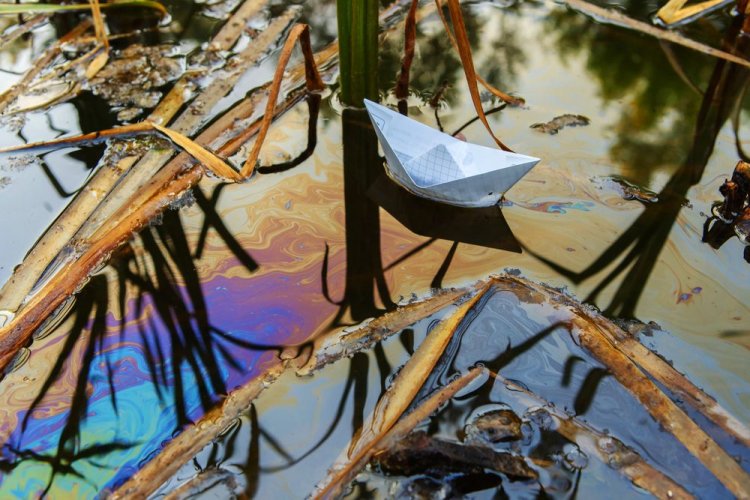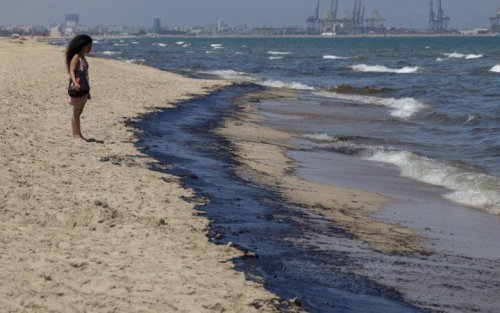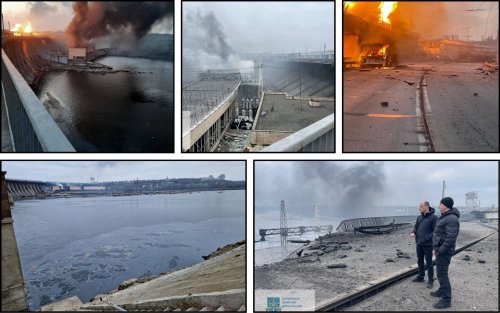Environmental inspectors found 4.2 times the permissible concentration of oil products in the Dnipro River after Russia shelled the Dnipro hydroelectric power plant on March 22, 1.4 km from the plant and 2.9 times the permissible concentration 2.5 km away.
Laboratory analysis of the water, as of March 24, showed a gradual improvement in its quality, the Ministry of Environmental Protection and Natural Resources reports on Facebook.
It is noted that at a distance of 4.4 km from the Dnipro HPP, no excess of oil products was detected. The analysis also showed an increase in the hydrogen index (pH) from 8.63 to 8.75, while the norm is 6.5-8.5.
"Such values indicate water hardness and do not pose a risk to the public. This can affect the quality properties of water, such as taste, and provoke the appearance of sediment," the press service explained.
It is noted that as of Saturday, March 23, the concentration of oil products was also recorded to be 2.12 times higher in the area of drinking water intake of the Bilenkivska community.
The press service added that, according to preliminary data, 0.5 tons of oil products fell into the Dnipro as a result of the shelling. The estimated amount of damage caused by this pollution amounted to UAH 159,308.
On the morning of Friday, March 22, Russian troops carried out the most massive attack on the Ukrainian power system in recent times, including shelling the Dnipro hydroelectric power plant in Zaporizhzhia. This could have created a new environmental disaster, but there is no threat of a breakthrough.
As EcoPolitic previously reported, in Zaporizhzhia, after the shelling of the DniproHES on the morning of Friday, March 22, oil products got into the Dnipro River.





